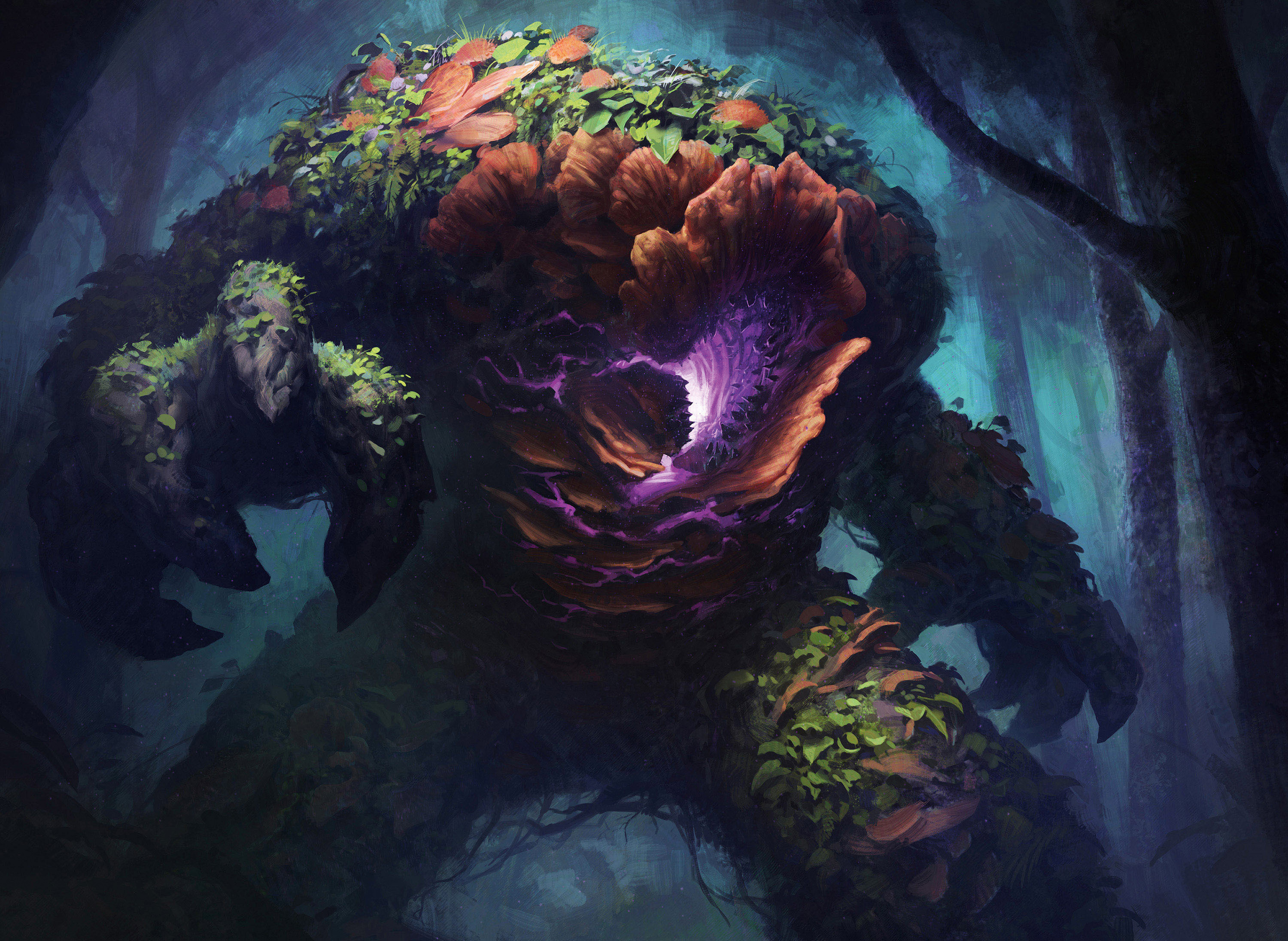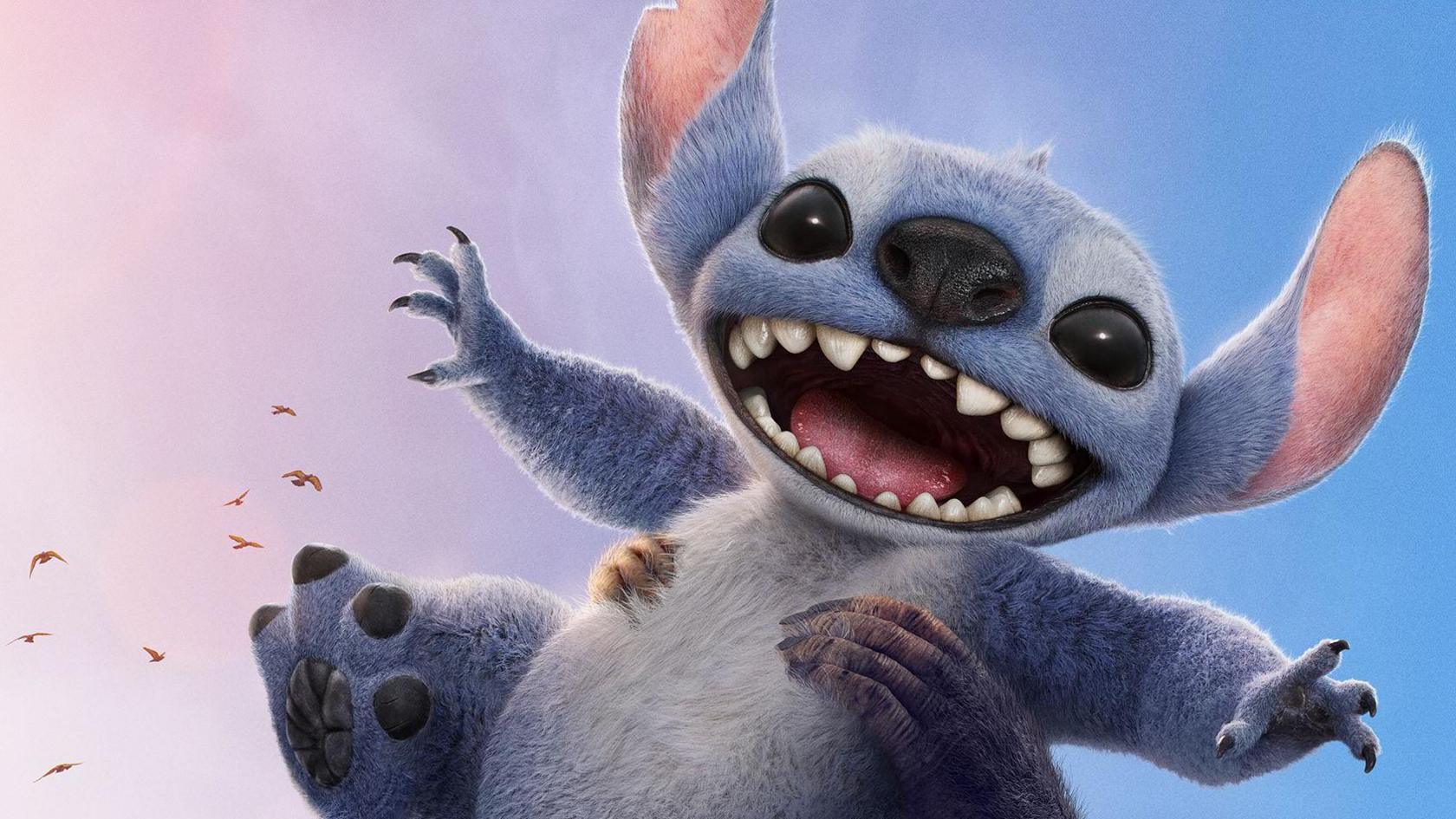What is digital art and is it right for you? Here's everything you need to know
'What is digital art?' might seem a question with a simple answer. It's art created using electronic tools and systems rather than traditional media like pen on paper, paint on a canvas or a chisel on stone. That makes it a very broad term, covering everything from 2D pixel art to CGI, photorealistic 3D art, algorithmic art, digital replications of traditional art and much more.
But pinning down a definition of digital art gets more difficult as the lines between traditional vs digital art become blurred. Some artists who made their names in the former have transitioned to digital work, from David Hockney to Takashi Murakami, Damien Hirst and Rachel Whiteread.
Meanwhile, some art inhabits both spheres. There are artists capture photos or 3D scans of physical work and then use digital tools to enhance the pieces or create virtual replicas. And artists can also create art digitally and then print it to develop it further using physical media.
In this piece, I'll explore what digital art is, and look at some examples of different types of digital art as well as how digital art is made (see our pick of the best digital art software and the best drawing tablets for ideas for your own setup).
What is digital art?
In the broadest sense, digital art is any art that was created using digital technology. This can range from digital painting to animation and 3D work for games, metaverse art exhibitions and immersive VR experiences as well as photography and video created using digital cameras. As there as some form of digital technology was involved in its creation, we can consider it to be digital art (we might have different opinions on whether it's all art, but that's another matter).
Some digital art can be printed to be displayed like traditional work in a physical exhibition, or it may be exhibited digitally on websites, social media or in virtual exhibits in the metaverse. Traditional art can also be converted to digital formats to display in virtual settings.
Some digital art is also intended to be interactive. Allan Kaprow’s performance piece Hello (1969) is often cited as a seminal work. This pre-internet 'tele-happening' involved television studios in different cities allowing people to interact with each other while Kaprow controlled sound and visual aspects, predicting a world of instant communication.
Daily design news, reviews, how-tos and more, as picked by the editors.
What's the history of digital art?
It might seem like digital art is a new phenomenon, and software like Photoshop and Procreate has made it more accessible, but it has a long history. Artists began using tablets to draw on computers in 1960s. Ivan Sutherland’s Sketchpad, released in 1963, can be seen as a predecessor's of today's CAD software.
From the mid-1960s, 'computer art' became a common term as artists with a knowledge of computer science, such as Frieder Nake and Harold Cohen, began to use algorithms to generate images based on a combination of logic and chance.
In 1981, the Quantel Paintbox was launched as a all-in-one machine for digital art, and was used by big TV studios. The cost made it inaccessible for non professionals, but soon, the rapid expansion of personal computers gave many more artists to access to tools for digital tools. New types of art emerged too, intended specifically for the digital world, including pixel art and game art.
In the 1990s, the internet provided new ways to share and experience digital art. Social media later expanded this further, giving anyone an outlet for their work. Digital art also began to merge with other media, and advances in technology allowed more advanced 3D modelling and the creation of art for virtual and augmented reality.
Types of digital art
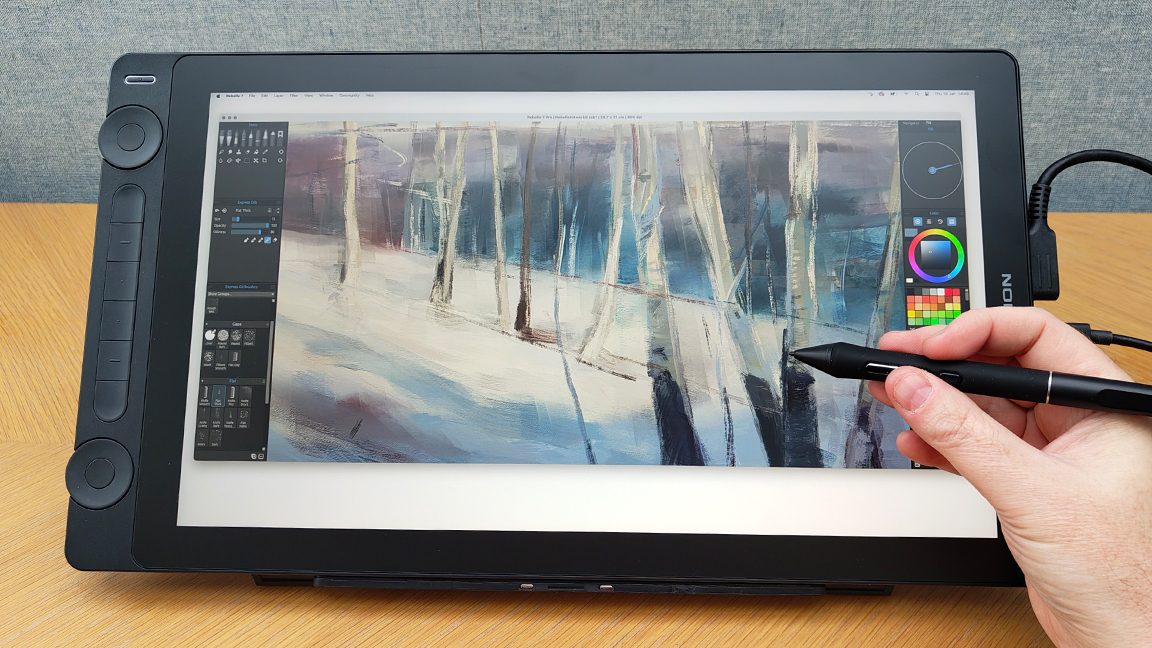
Digital drawing and painting was one of the first forms of digital art to emerge. Techniques can be similar to those used in traditional art but applied with a stylus and tablet or one of the best laptops for drawing instead of a pencil and sketchbook or paint on a canvas.
Digital drawing can be more flexible than working in physical media because you can add layers, details and colours at the click of a button. Layering and 3D functionality adds more creative freedom and versatility. For examples, see our piece on digital artists for inspiration.
Animation is another widely seen form of digital art. Since Fred Parke and Pixar-founder Edmund Catmull's 1972 short film A Computer Generated Hand, animators have used digital software to replicate traditional animation techniques and taken them further with 3D animation. Since the early 2000s,, most animation has been done digitally. See our pieces on animation styles and the best animation software.
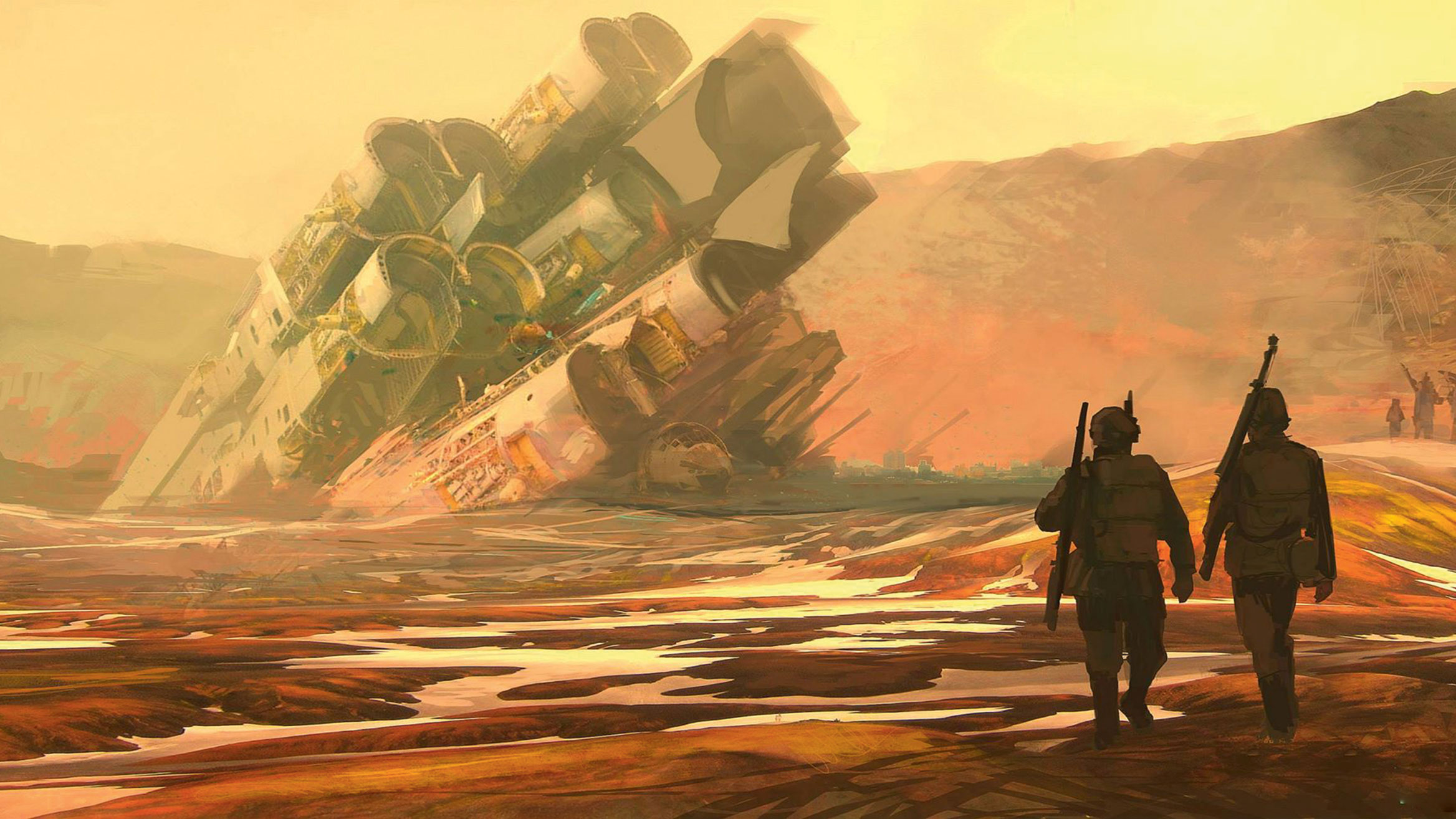
Concept art involves bringing a story to life visually to envision characters, locations, scenes and concepts for movies and games. Concept artists translate a brief or script into sketches that explore and communicate ideas and atmospheres to help directors, producers and game developers visualise a story early in the process and align their creative vision with 3D artists, animators and set designers. The emphasis is often on quick iteration to explore ideas rather than creating perfect finished pieces.
Algorithmic art is created by computers themselves. Instead of using digital tools the way a traditional artist would use physical ones, the artist programs rules for a computer program to follow. In this sense, the artist can have an influence over the general direction and limitations of the output but does not make any marks themselves.
More recent developments in AI art have developed these ideas further. Artists like David Salle have trained AI models on their own work and had them generation new compositions based on their style.
A post shared by Ed Atkins (@edatkinsdiet)
A photo posted by on
3D art is used in visual effects, video games, animation, product design, and increasingly in immersive VR and AR experiences. Software like Blender has made it much easier to get into 3D modelling, in which objects are built using polygons, curves or sculpting tools before surface textures and lighting are applied (see our guide to the best 3D modelling software and our roundup of up the best 3D art).
The artist Ed Atkins (above) creates video installation using highly realistic CGI avatars, exploring the limits between digital representation and physical experience.
A post shared by Pixel Jeff | 皮傑 (@pixeljeff_design)
A photo posted by on
Pixel art is most associated with retro games consoles that used 8-bit and 16-bit graphics, and with teletext art. Many think of it as a golden era of game art, giving us the likes of Pac-Man and Mario, but there are still artists that use the technique today. Working on a grid at the pixel level requires a lot of precision, and many artists use limited colour palettes to respect the limitations of early computer graphics – see our roundup of pixel art examples.
Digital photography is now everywhere thanks to camera phones, most of which have their own editing apps, allowing anyone to capture and edit images. The most obvious advantage over traditional photography is not burning through rolls of film, but digital photography also expanded the ways in which photos can be enhanced and manipulated. Video has evolved in the same direction.
How is digital art made?
As we've seen, digital art is a very broad term, so it should be no surprise that there are a lot of different ways to create it. For digital painting on a tablet, many artists use Photoshop or Procreate (see our roundup of Procreate tutorials). Some programs, such as Rebelle, specialise in replicating the look of traditional media, while programs like Adobe Illustrator allow artists to create vector art, which has the flexibility to be easily resized.
For photography and video, you'll need a camera or camera phone and the best photo editing software or video editing software and a powerful enough computer to run them.
What are the benefits of digital art?
Digital art is not better or worse than traditional art, but working digitally does have some advantages. Most crucially, you're not restricted by physical materials, which often require a much bigger investment in the long run.
Digital art can be faster and more efficient too. It's easy to erase, edit and adjust work, reducing waste and freeing the artist to experiment without worrying about wasting resources. Most programs allow you to use shortcut keys to quickly select tools and functions, which is quicker than physically picking up a brush or mixing a new colour, and storage is also cheaper and easier to store, since you need only cloud storage or an external hard drive rather than studio space.
Meanwhile, digital platforms make it easier to share your work with more people, and accessibility measures, like colourblind-friendly design and image alt text can allow more people to enjoy art.
Should I make traditional or physical art?
There are lots of things to consider when choosing what type of art of make, and you don't have to settle on one particular medium. You might want to create both digital and physical art or even combine the two. For example, you can paint on traditional media and then digitise your work and continue it in digital software, or you could work the other way.
The availability of computers, tablets and digital art software mean that it's easy to experiment with digital art to see how it works for you. There's no need to have a background in traditional art to get started, and you may find that starting in digital art is more economical.
Ultimately, art is about creative expression not what medium you work with. It's a good idea to experiment and see what way of working you gravitate too naturally. If you're considering art as a career or business, you're decision will also likely depend on whether you find a niche that allows you to make money from your art.
What equipment do I need for digital art?
To make any kind of digital art, you'll need some form of computer, whether it's a desktop PC, laptop, tablet or a headset like Vision Pro. If you use a PC. For digital drawing or painting, you'll probably want a touchscreen (or a separate drawing tablet that you can connect you your computer) and a stylus for more precise input.
Many art and image editing programs will require a reasonably powerful computer, ideally with at least 16GB of RAM so that the memory can handle lots of layers or effects. Video editing and 3D modelling software benefit from computers or laptops with dedicated graphics cards.
Accurate colours is also important for most visual digital art, and that requires using a monitor with good colour coverage and regular calibration using one of the best monitor calibrators.
What's next for digital art?
Web 3.0 is opening up new channels for digital art beyond traditional digital displays. VR, AR and metaverse spaces allow viewers to step inside an artwork, and immersive physical exhibitions combine VR with digital screens. There's also been a growth of programmable art that evolves over time base on real-world data or viewer interaction.
A big trend in digital art in recent years was the sudden boom in non-fungible tokens (NFTs), which use blockchain technology to verify the ownership and authenticity of a digital artwork. By allowing artists to tokenise their work, it transformed the way art is bought and collected.
There was an inevitable market collection after the 2021 boom, which saw a lot of speculation, driven by flippers, hoping to sell work for a profit. Nevertheless, NFT art is still very much a thing and it can allow more artists to find a market for their work.
Artificial intelligence is also having a massive impact on digital art, and it's changing how many digital artists work. There are fears that AI will replace some jobs in digital art, and we've already seen a growth in automation in some sources of work, such as stock illustration. There are also unresolved issues around copyright.
But while AI may be able to mimic styles, it can't be truly original or understand things like context and emotional depth nor meaningfully replicate artists' lived experience, expert curation and personal storytelling. At the same time, when it's used as a tool by an artist, AI can opens new frontiers for experimentation in digital art.
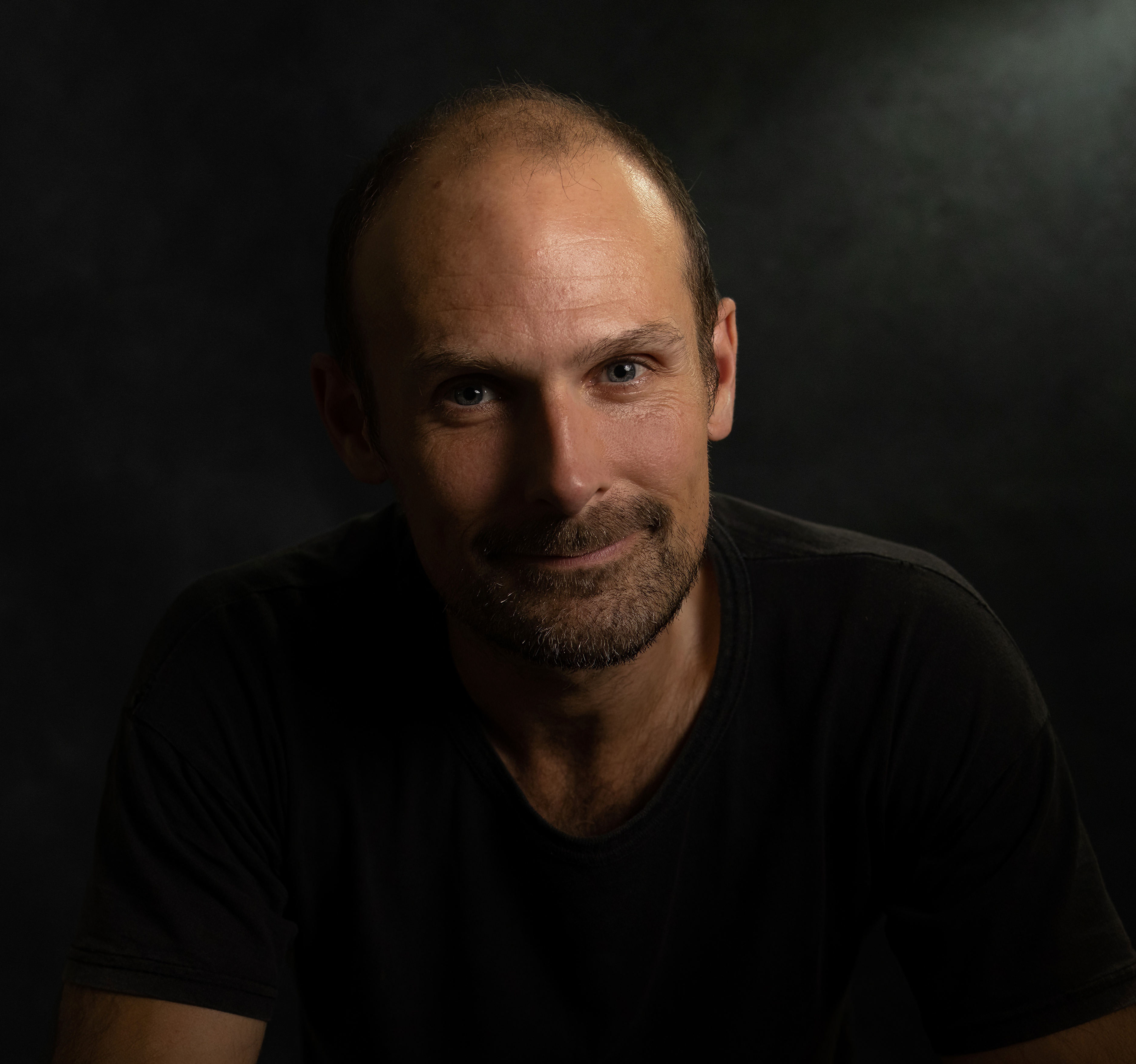
Joe is a regular freelance journalist and editor at Creative Bloq. He writes news, features and buying guides and keeps track of the best equipment and software for creatives, from video editing programs to monitors and accessories. A veteran news writer and photographer, he now works as a project manager at the London and Buenos Aires-based design, production and branding agency Hermana Creatives. There he manages a team of designers, photographers and video editors who specialise in producing visual content and design assets for the hospitality sector. He also dances Argentine tango.
You must confirm your public display name before commenting
Please logout and then login again, you will then be prompted to enter your display name.
